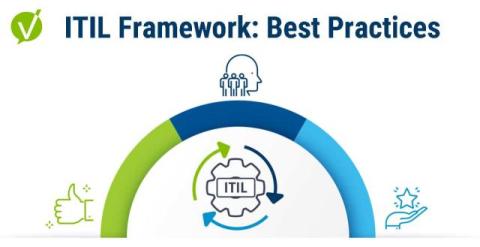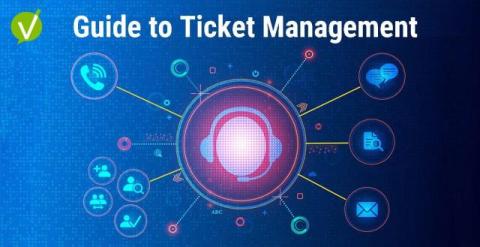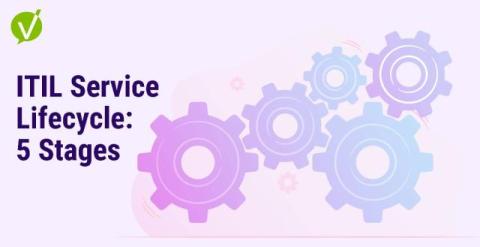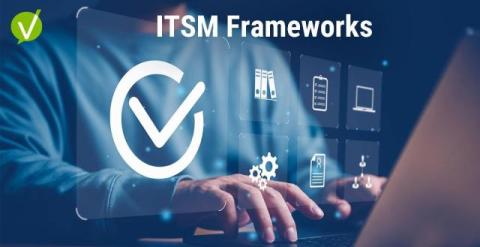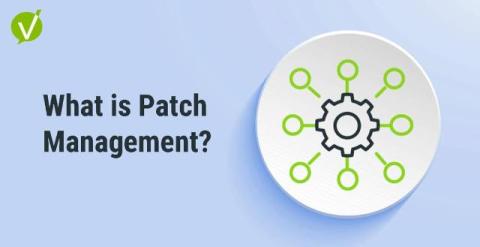The ITIL Framework Can Be Described Best As: A Set of Best Practices
The ITIL (Information Technology Infrastructure Library) framework is one of the most widely recognized and adopted sets of best practices in IT Service Management (ITSM). It provides a structured approach to managing IT services, ensuring that they align with business needs and contribute to overall success. This article will explore the ITIL framework in detail, providing insights into its history, core components, benefits, and certification paths.


